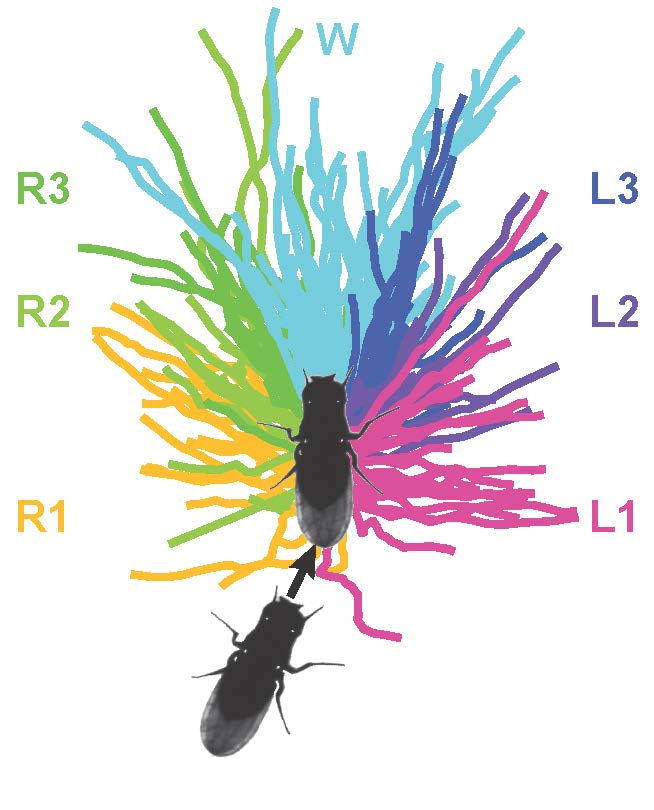The neuronal basis for collective behavior in Drosophila
Pavan Ramdya
Biology and Biological Engineering, California Institute of Technology, USA
Collective behavior enhances environmental sensing and decision-making in groups of animals. Experimental and theoretical investigations of schooling fish, flocking birds and human crowds have demonstrated that simple interactions between individuals can explain emergent group dynamics. These findings imply the existence of neural circuits that support distributed behaviors, but the molecular and cellular identities of relevant sensory pathways have been elusive due to the difficulty of experimental manipulations in these classic model systems. We recently discovered that Drosophila melanogaster exhibits collective responses to an aversive odor: individual flies weakly avoid the stimulus, but groups show enhanced, coherent escape reactions (Ramdya et al., 2015, Nature). Using high- resolution behavioral tracking, genetic perturbations, computational simulations, neural silencing and optogenetic activation, we demonstrate that this collective odor avoidance arises from cascades of appendage touch interactions between pairs of flies. Inter-fly touch sensing and collective behavior require the activity of tarsal mechanosensory sensilla neurons and the mechanosensory channel NOMPC. Remarkably, through these inter-fly encounters, wild-type flies can elicit avoidance behavior in mutant animals that cannot sense the odor – a basic form of communication. Finally, we demonstrate a collective effect on the movement of flies to higher elevations (negative gravitaxis), indicating that group dynamics may influence many Drosophila behaviors. Using functional imaging, we are now measuring the activity of neural ensembles in tethered, behaving Drosophila to derive mechanistic explanations for how sensorimotor neural computations orchestrate behavior in individuals and animal groups.









You must be logged in to post a comment.